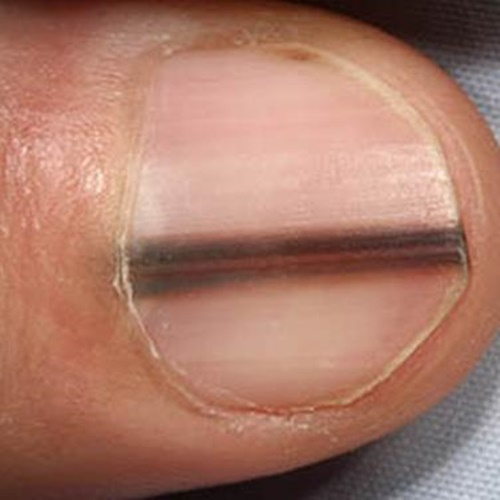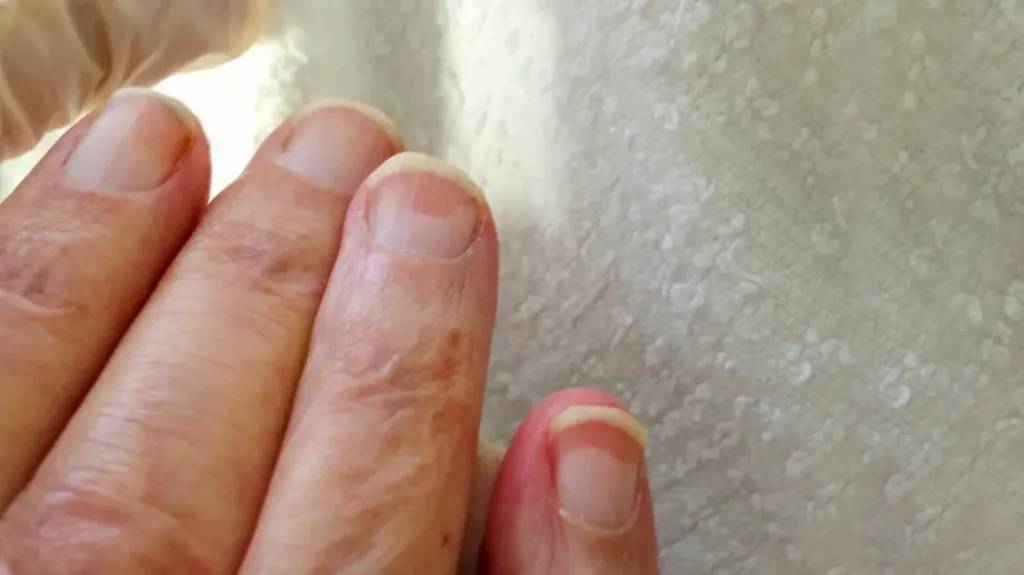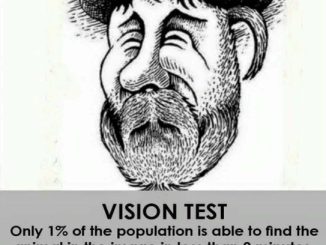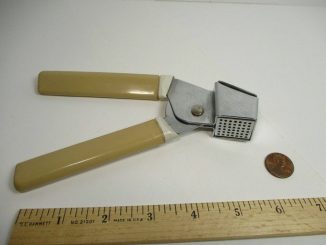Your fingernails can reveal more than you might think about your health. Subtle changes in color, texture, or shape can sometimes be indicators of underlying health conditions, from nutrient deficiencies to heart disease and even cancer. While nail anomalies don’t always mean something serious, certain patterns and signs should not be ignored. Here are seven health conditions that may reveal themselves through changes in your nails, as explained by medical experts.
1. Beau’s Lines: Indicators of Illness or Nutrient Deficiency

Beau’s lines are deep, horizontal grooves or ridges that run across your nails. They appear when nail growth temporarily slows or stops, usually due to illness or a deficiency in essential nutrients like zinc or calcium.
- Causes of Beau’s Lines: Severe illness, infections, and physical stress can disrupt nail growth, causing these lines to form. Some individuals even noticed Beau’s lines after recovering from COVID-19 or undergoing chemotherapy.
- When to Be Concerned: While Beau’s lines may come and go without issue, recurring grooves or visible gaps in nail growth (known as onychomadesis) should prompt a visit to your doctor. This could be a sign of chronic stress or an underlying health condition.
2. Clubbing: A Possible Sign of Heart or Lung Disease
Clubbing causes the fingernails and fingertips to become rounded and bulbous, giving them a curved appearance. It often develops gradually and may not be immediately noticeable, but it can indicate serious health issues.
- What Causes Clubbing: This change in nail shape is commonly linked to heart disease and lung disease, particularly conditions that reduce oxygen levels in the blood.
- Other Symptoms to Watch For: People with clubbing may experience fatigue, chest pain, and swelling in the ankles. If you notice clubbing without a clear reason, it’s wise to consult a doctor, as it could indicate an issue with your heart or lungs.
3. Spoon-Shaped Nails: A Clue to Iron Deficiency Anemia
Also known as koilonychia, spoon-shaped nails curve inward, resembling a small spoon. This unusual shape is often associated with iron deficiency anemia, where low iron levels reduce the production of hemoglobin in the blood.
- Causes of Iron Deficiency: Iron deficiency anemia can occur due to poor nutrition, digestive issues, or blood loss. It’s also common after pregnancy due to the body’s increased demand for iron.
- Additional Symptoms: Individuals with iron deficiency anemia may feel fatigued, experience headaches, and have pale skin. If you notice spoon-shaped nails along with these symptoms, consult your doctor for a blood test and dietary recommendations.
4. Nail Pitting: Often Linked to Skin Disorders

Nail pitting refers to small dents or depressions on the surface of the nail. These tiny marks are commonly found in individuals with certain skin disorders, like psoriasis, eczema, or alopecia areata.
- Underlying Conditions: Psoriasis, which causes scaly skin patches, often leads to nail pitting. Eczema and alopecia (hair loss in patches) may also be responsible for these tiny indentations.
- When to See a Doctor: If nail pitting is accompanied by other symptoms of these skin conditions, a dermatologist can help diagnose the cause. Treatment may include topical or injected medications, often alongside therapies for the primary condition.
5. Dark Streaks Under the Nail: Potential Sign of Melanoma

While skin cancer is usually associated with moles or dark spots on the skin, melanoma can also appear as a dark stripe on or under the fingernail. A dark line under the nail isn’t always cancerous, but it’s essential to have it evaluated by a healthcare professional.
- Why It’s Concerning: Melanoma in the nails, although rare, is a serious form of skin cancer that can spread quickly if left untreated.
- Seek Medical Advice: If you notice a dark stripe that doesn’t go away or begins to change in appearance, consult a dermatologist. Early detection of melanoma improves the chances of successful treatment.
6. Terry’s Nails: A Possible Sign of Liver Disease

Terry’s nails are characterized by a white nail bed with a distinct pink or reddish band near the tip. Named after Dr. Richard Terry, who first identified this sign, Terry’s nails may be an indicator of liver disease.
- Associated Health Issues: Besides liver disease, Terry’s nails can also be linked to heart disease, diabetes, and aging.
- Other Symptoms of Liver Disease: People with liver issues may also experience fatigue, yellowing of the skin (jaundice), and loss of appetite. If you notice Terry’s nails alongside these symptoms, it’s crucial to consult a healthcare provider for a comprehensive evaluation.
7. Yellow Nails: Often Due to Fungal Infections, But Could Signal More

Yellowing nails are most commonly caused by a fungal infection, which can cause nails to thicken, become brittle, and eventually crumble. However, in rare cases, yellow nails can be a sign of more severe health conditions.
- Causes of Yellow Nails: Aside from fungal infections, yellow nails may indicate conditions such as diabetes, psoriasis, thyroid disease, or lung disease.
- Treatment and When to Worry: While most cases can be treated with antifungal medications, persistent yellowing without improvement might warrant a closer look to rule out other health issues.
When to Seek Medical Advice for Nail Changes
Not every nail change signals a serious health issue. Factors like aging, frequent exposure to water, or minor injuries can alter the appearance of your nails. However, if you notice any of these specific signs persisting over time or accompanied by other symptoms (such as fatigue, shortness of breath, or swelling), it’s best to consult a healthcare provider. A doctor can assess whether these changes are a result of lifestyle factors, nutritional deficiencies, or something more concerning.
Improving Nail Health Through Nutrition and Lifestyle

Many nail conditions are linked to poor nutrition or underlying health issues that affect nutrient absorption. Here are some general tips to help maintain healthy nails:
- Balanced Diet: Ensure you’re getting a variety of nutrients, especially proteins, vitamins, and minerals like iron, zinc, and calcium, which contribute to nail strength.
- Hydration: Drinking plenty of water supports nail growth and prevents dryness.
- Limit Exposure to Chemicals: Protect your nails by wearing gloves when cleaning or using harsh chemicals, as prolonged exposure can weaken nails.
- Regular Check-Ups: Routine health check-ups can help catch nutrient deficiencies or health issues early, preventing them from manifesting as nail problems.
Conclusion: Your Nails as Windows to Your Health
Our nails are more than just aesthetic features; they can reveal crucial insights into our internal health. While occasional changes in nail appearance are normal, certain patterns—such as Beau’s lines, spooning, or clubbing—might indicate deeper health concerns. Paying attention to these signs can help you catch potential issues early and address them proactively. So, the next time you notice an unusual change in your nails, consider it a gentle nudge from your body to take a closer look at your health.


